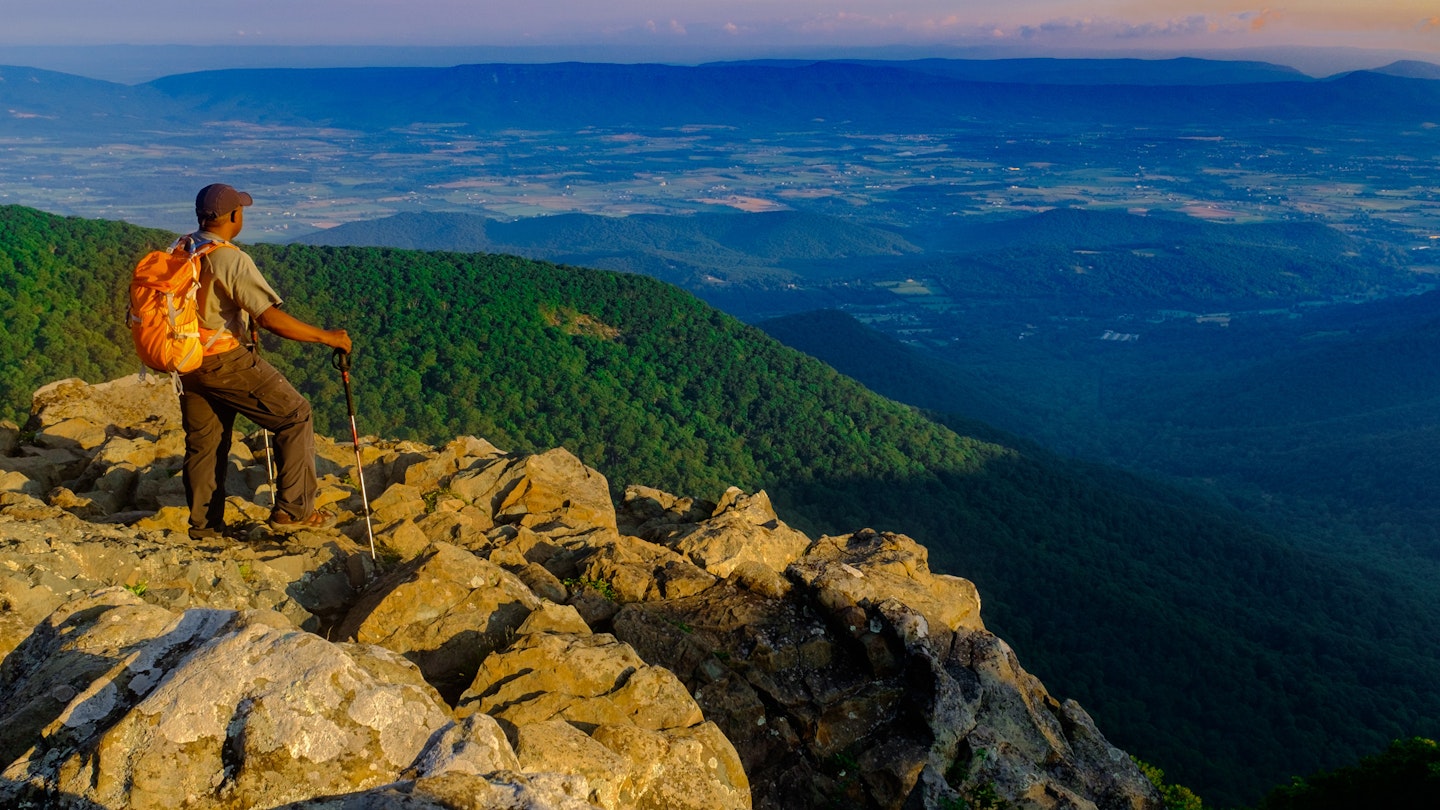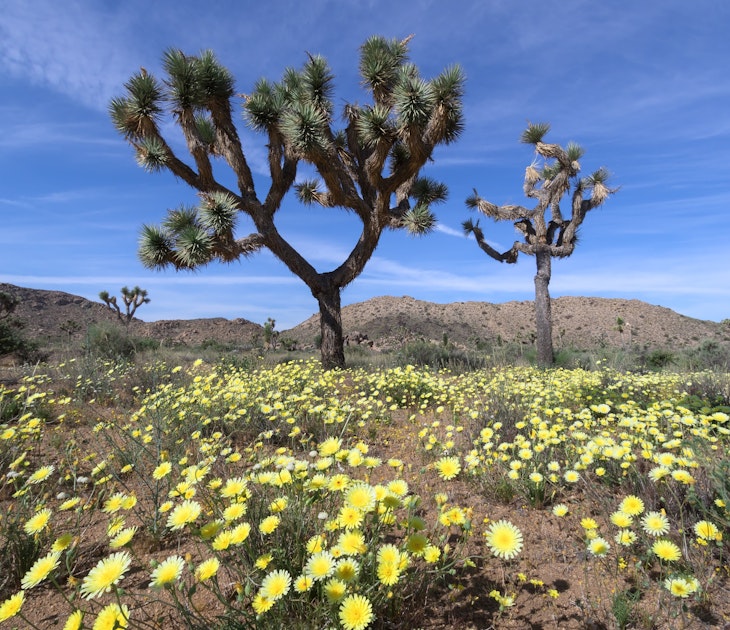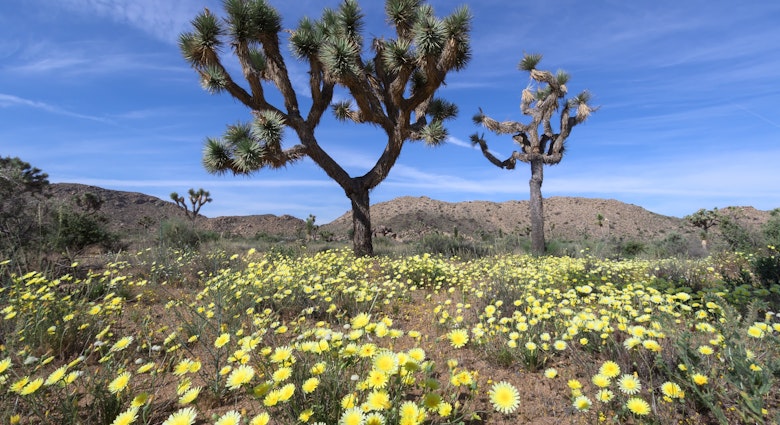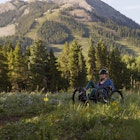A striking tableau of ancient, undulating mountains topped with dollops of wispy clouds, Shenandoah National Park is a dreamscape for those who love sweeping Appalachian views and pristine, thriving forests. This park clocks in at 200,000 acres with over 500 miles of trail, offering plenty of room to spread out and enjoy any type of outdoor adventure you can think up.
Located on the traditional lands of the Manahoac, Shenandoah’s mountains and valleys have long called to humans in some way or another. European colonizers arrived in the 1750s, and throughout the rest of 18th and 19th centuries, the area was farmed, logged, and mined. Some recognized the touristic value of the area, however, and conversation about building a nature reserve began in the early 20th century. Eventually, land was seized via eminent domain (a move that displaced hundreds of families that lived there), and the park was established in 1935, built and maintained by the CCC.
When the park first opened, nearly a third of it had been cleared by logging, farming and tree blight. Today, mature forests have grown atop of these scars, and a profusion of wildlife make their homes in and beneath the canopy: black bears, bobcats, migratory birds, amphibians such as the endangered Shenandoah Salamander, and more.
With this much to see, the toughest thing about going to Shenandoah is deciding how you want to spend your time there – here are our tips for making the best of your trip to this illustrious park.
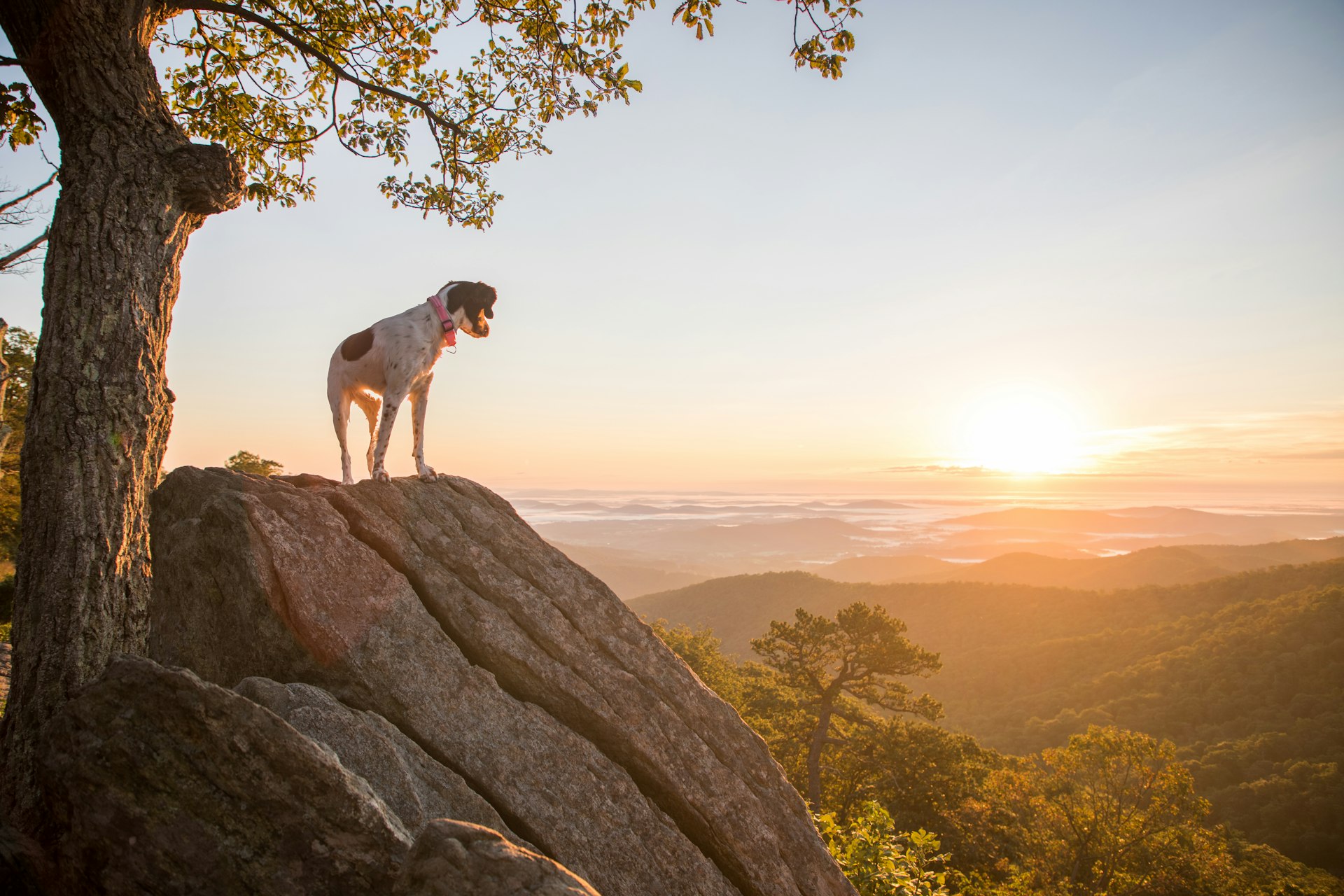
Choose the right hiking route for you
Shenandoah is a hiker’s paradise – trails lined with wildflowers, mushrooms and berry bushes weave and dip through valleys and across peaks, delivering full-sensory journeys through lush forests of red oak, chestnut, maple, and yellow poplar trees.
Short hikes include loops and scenic overlooks
The park offers plenty of bang for not a lot of mileage. Check out the staircase of cascades that run along Dark Hollow Falls Trail (1.4 mile loop), take in the views from Shenandoah’s tallest peak on the Hawksbill Loop (3 mile loop), or find Lewis Falls tucked away on the side of the mountain behind Big Meadows (3.3 mile loop).
And that’s not to mention the 75 scenic overlooks dotted along the Skyline Drive, where all you have to do to take in the beauty is park your car.
Long hikes include part of the Appalachian Trail
Long-distance hikers won’t be bored here, either because 101 miles of the Appalachian Trail runs through Shenandoah – follow the famous trail for maximum mileage gains and access to many shorter trails along the way. Besides the AT, perhaps the most well known long hike is the Old Rag Circuit, a 9.4-mile loop that takes you up to the rocky peak of its namesake mountain via a steep climb and some rock scrambling; you’ll need a day pass ticket, but it’ll only set you back $1.
Book a space at the campgrounds in advance
Shenandoah National Park is 70 miles long, and given the slow speed limit on Skyline Drive (plus the 70+ scenic stop-offs), it can take you hours to get from the top of the park to the bottom. Pick your campground strategically – you’ll want to stay relatively close to the trails you plan to hike if you don’t fancy a lengthy drive to get there.
When it comes to developed campgrounds, Mathews Arm Campground is your best bet in the north end of Shenandoah. Big Meadows and Lewis Mountain are the most centrally located campgrounds, and they give you quick access to some of the most popular sites in the park like Dark Hollows Trail and the Byrd Visitor Center and camp store. Loft Mountain, the largest campground in the park, is the only one south of US 33. Book your campsite several months in advance via the NPS system – things fill up quickly in peak season.
Backcountry camping is also a popular choice for those who don’t mind carrying their stuff around – nothing quite beats sleeping among the quiet hills. You’ll need a permit, but it can easily be obtained online.
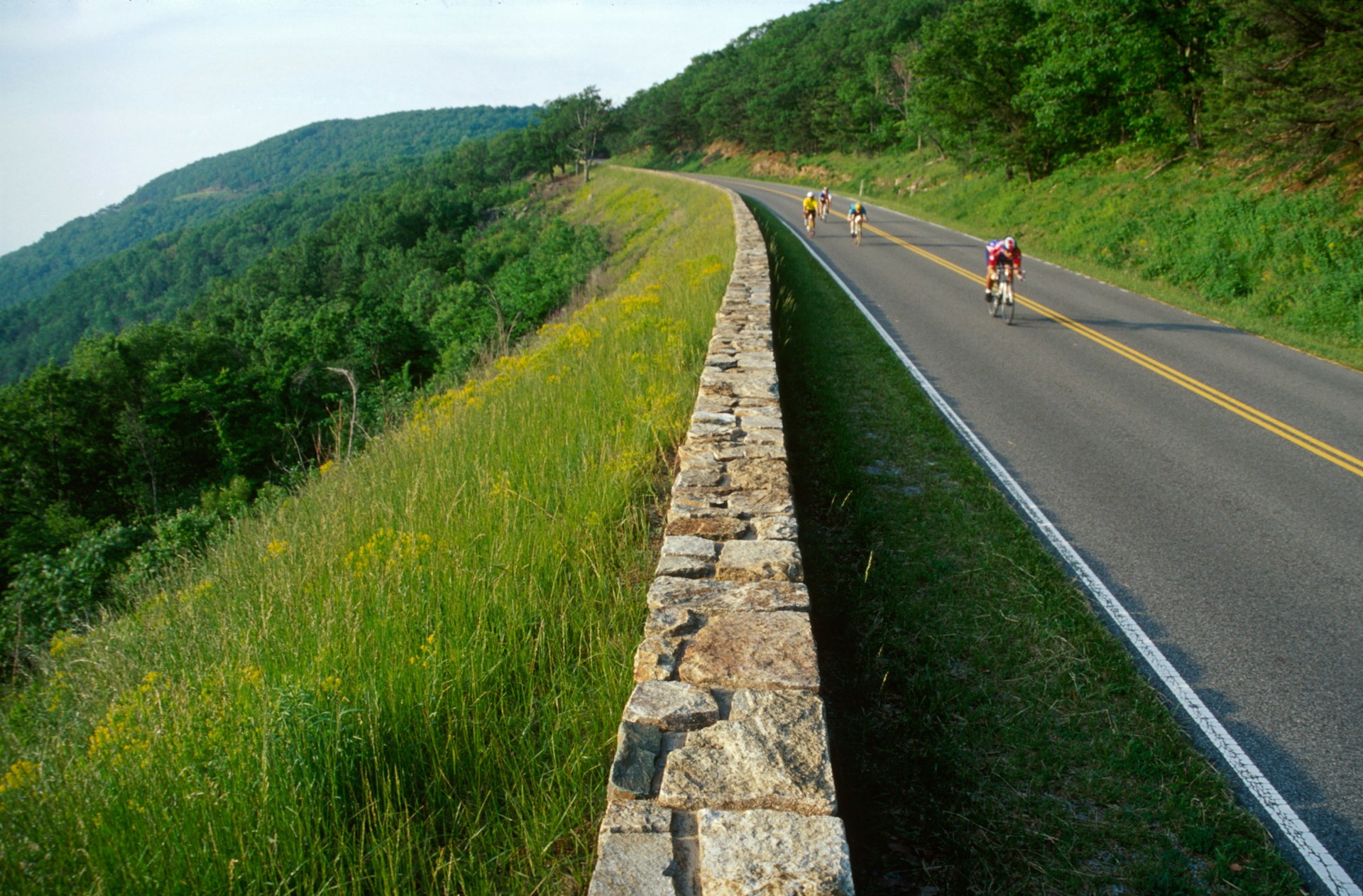
Cycle the iconic Skyline Drive
The Skyline Drive is considered one of the most iconic stretches of road in the country, especially during autumn when all the trees have their fancy colors on. The slow speed limit and the astounding views make it an ideal place to bring out your wheels, and the park welcomes cyclists on road bikes, mountain bikes and ebikes. Shenandoah also has a few bike repair stations scattered throughout the park, should calamity befall your tire or bike chain.
Check out Shenandoah's many rock climbing routes
Where there are mountains you’ll likely find rock climbing, and Shenandoah is no exception. The park is laced with granite and greenstone cliffs, complete with an abundance of traditional routes and bouldering opportunities – plenty to keep you busy and coming back for more. Old Rag serves as Shenandoah’s climbing hub, offering high-quality rock and a fair challenge.
Top tips for planning the perfect trip to Shenandoah
From keeping safe to packing the right clothes, here's what you need to know before you go.
Respect the wildlife and be prepped for bears
Shenandoah is known for its above-average population of black bears, so hike smart – make noise, bring bear spray, and use bear resistant containers if you’re backpacking.
There are ways to avoid the crowds
Shenandoah’s close proximity to the nation’s capital means that crowds can get dense, particularly in the warmer months. Visit during the week for more solitude and hit the trails early to score parking and a quiet trail.
Pack for all weathers and dress appropriately
Due to Shenandoah’s relatively high elevation in comparison to the surrounding areas, it’s not unusual for weather conditions to quickly change, be it fog, rain or snow. Check the weather before you go out, and bring layers to ward off moisture and chill from the cool mountain air.
It's not free to visit Shenandoah
Like in most US national parks, you’ll either have to pay the $30 single car entry or opt for an annual pass. The entry fee does not include camping fees, which have recently been upped to $30/night in all developed campgrounds.

